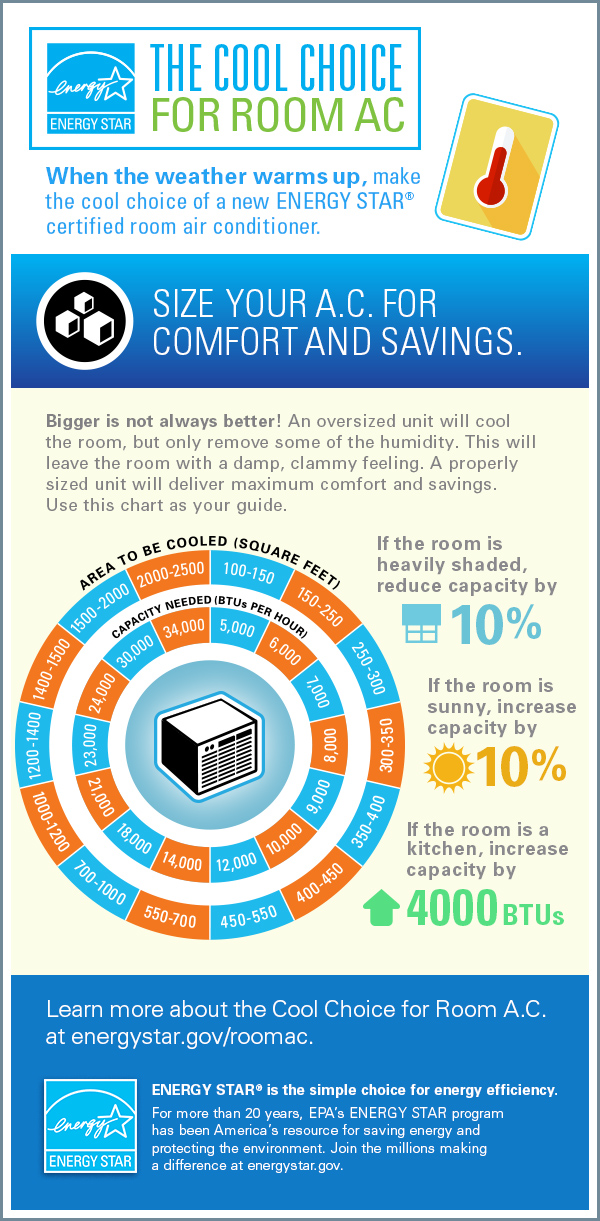The Future Of Home Heating - How Heatpump Innovation Is Advancing
The Future Of Home Heating - How Heatpump Innovation Is Advancing
Blog Article
Material Writer-Baker Oliver
Heatpump will be a crucial modern technology for decarbonising heating. In a situation consistent with governments' introduced energy and climate commitments, their global capability doubles by 2030, while their share in home heating rises to one-quarter.
They work best in well-insulated homes and count on electricity, which can be supplied from a sustainable power grid. Technological breakthroughs are making them a lot more effective, smarter and less costly.
Gas Cells
Heat pumps make use of a compressor, cooling agent, coils and followers to move the air and warmth in homes and home appliances. They can be powered by solar energy or electricity from the grid. They have been gaining popularity because of their low cost, quiet operation and the capability to generate electrical power during peak power need.
Some business, like IdaTech and BG MicroGen, are working with gas cells for home heating. These microgenerators can replace a gas central heating boiler and generate a few of a home's electric needs with a link to the electricity grid for the rest.
But there are factors to be doubtful of using hydrogen for home heating, Rosenow says. It would certainly be pricey and inefficient contrasted to various other innovations, and it would certainly contribute to carbon exhausts.
Smart and Connected Technologies
Smart home technology permits house owners to link and control their devices remotely with making use of smart device applications. For example, clever thermostats can learn your heating choices and immediately adapt to maximize power consumption. Smart lights systems can be managed with voice commands and instantly shut off lights when you leave the room, decreasing energy waste. And wise plugs can check and manage your electrical use, permitting you to identify and limit energy-hungry devices.
The tech-savvy house shown in Carina's interview is a good picture of exactly how passengers reconfigure room heating methods in the light of brand-new clever home technologies. They rely upon the devices' automated functions to perform everyday modifications and concern them as a convenient means of conducting their home heating practices. As such, they see no factor to adapt their practices further in order to allow adaptability in their home energy demand, and treatments targeting at doing so might face resistance from these households.
Power
Because heating up homes accounts for 13% people discharges, a switch to cleaner choices might make a large distinction. Yet the modern technology deals with difficulties: It's pricey and requires extensive home restorations. And it's not constantly compatible with renewable energy resources, such as solar and wind.
Up until just recently, visit the next web site were as well pricey to take on gas models in the majority of markets. Yet new technologies in style and materials are making them extra inexpensive. And much better cool environment performance is enabling them to function well even in subzero temperatures.
The next step in decarbonising heating might be the use of warm networks, which attract heat from a central source, such as a neighboring river or sea inlet, and distribute it to a network of homes or buildings. That would decrease carbon exhausts and permit families to make the most of renewable energy, such as green electrical power from a grid provided by renewables. This option would certainly be less expensive than switching to hydrogen, a fossil fuel that calls for brand-new facilities and would only minimize carbon dioxide discharges by 5 percent if paired with improved home insulation.
Renewable resource
As electrical energy prices drop, we're starting to see the exact same fad in home heating that has driven electrical autos into the mainstream-- but at an even much faster rate. The strong climate instance for impressive homes has actually been pressed even more by brand-new research study.
Renewables make up a substantial share of modern warm consumption, but have actually been offered restricted policy interest internationally contrasted to other end-use sectors-- and also much less attention than electrical energy has. Partly, this shows a mix of consumer inertia, split rewards and, in lots of countries, subsidies for fossil fuels.
New innovations can make the shift simpler. For instance, heat pumps can be made a lot more power efficient by replacing old R-22 refrigerants with new ones that don't have the high GWPs of their predecessors. Some specialists also picture district systems that draw heat from a close-by river or sea inlet, like a Norwegian arm. The cozy water can after that be made use of for heating & cooling in a community.